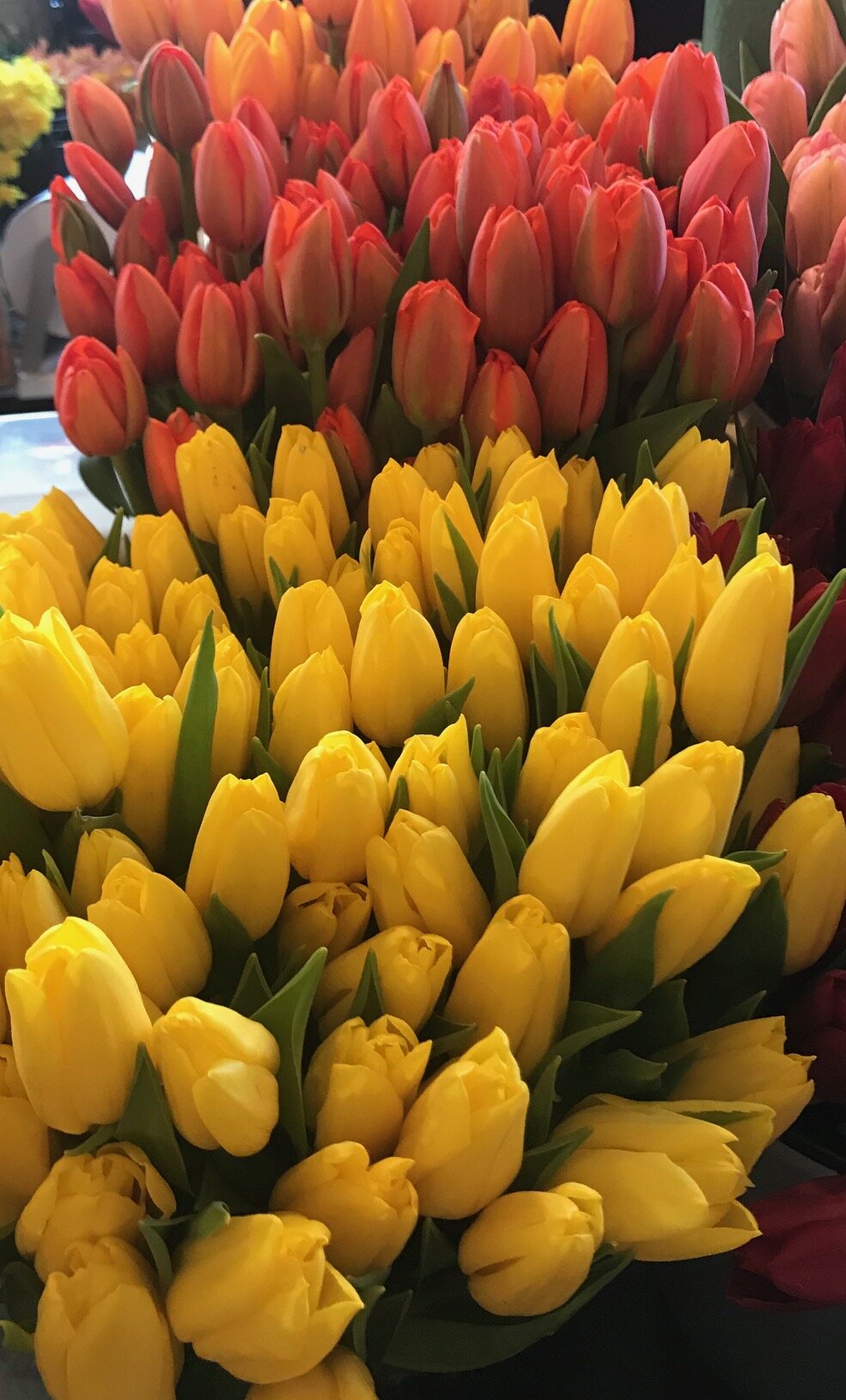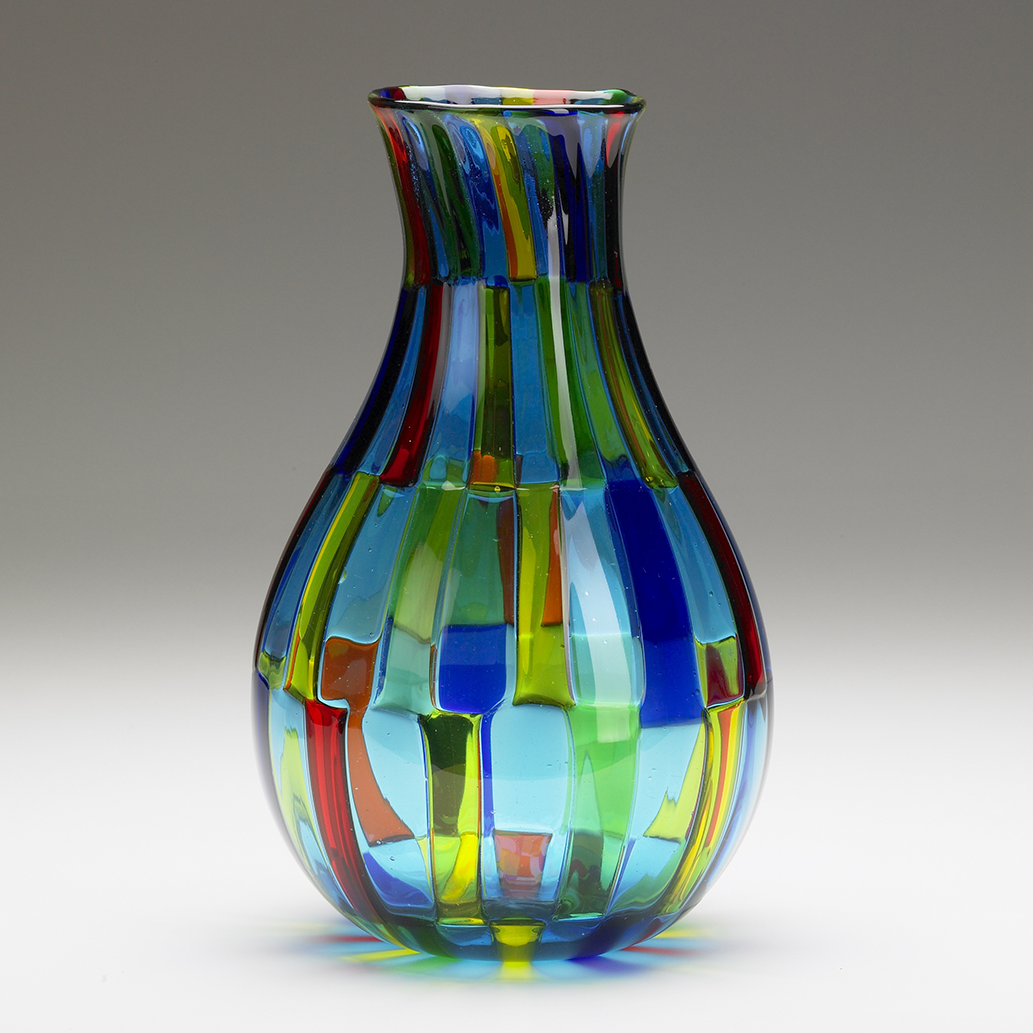I have been asked many times if interior design and home staging are the same thing. They are actually on opposite ends of the design spectrum.
Home staging means to prepare a home for sale while interior design refers to the act of personalizing the design of a space.
Home Staging
Staging is neither decorating nor personalizing. It focuses on bringing out the best in your home and strategically arranging furniture and décor to highlight those features. We also strategically mask less desirable features, if there are any 😊. Our goal is to create a generic look that allows prospective buyers to imagine themselves in your home. We create visual square footage by arranging furniture in a more inviting way and colors to bring brightness. We create a lifestyle that attracts widest possible range of potential buyers.
Interior Design
The feeling of being "at home" comes from an intimate relationship between us and our most personal place. It provides us comfort, pleasure and sanctuary, and uplifts us emotionally, physically and spiritually. Our goal as a designer is to build such a personalized space for each homeowner, by incorporating their personal aesthetics and daily functional needs. It starts off by understanding the kind of style that the homeowner is inclined towards: whether it is Minimalist, Contemporary, Traditional, Transitional, Rustic, French Country, Shabby Chic, Coastal, Hollywood Regency, Scandinavian, Urban Modern, Bohemian, Mid- Century Modern, Industrial, Modern Farmhouse, Eclectic, Modern Country, Art Deco or Asian. We encourage unique patterns, colors, sentimental pieces and family heirlooms.
Next step is to bring along the 7 elements of Interior design of that genre : Space, Texture, Light, Color, Pattern, Line and Form.
The perfect blend of all these elements creates a space that is unique, radiates the home owner’s personality and at the same time is warm and inviting, to truly make it their “Own Home”!










